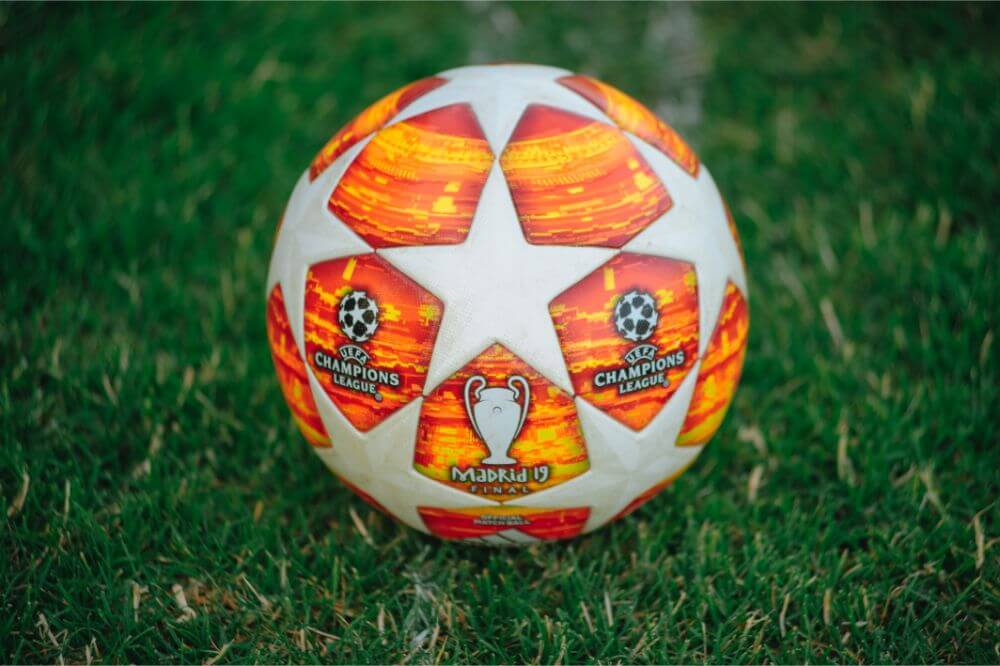- The History Of Adidas Officials Match Balls At FIFA World Cup
- Telstar: Mexico, 1970
- Telstar Durlast R: West Germany, 1974
- Tango Durlast: Argentina, 1978
- Tango Espana: Spain, 1982
- Azteca: México, 1986
- Etrusco: Italy, 1990
- Questra: USA, 1994
- 1998: France, Tricolore
- 2002: Japan/South Korea Fevernova
- 2006: Germany, The Teamgeist
- 2010: South Africa, Jo’bulani
- 2014: Brazil, Brazuca
- 2018: Russia, Telstar 18
The History Of Adidas Officials Match Balls At FIFA World Cup
The FIFA World Cup is the most popular event in World Football, FIFA has proactively developed all elements of the sport, consisting of improvements in the official match ball layout. Over the years we’ve seen increasingly more era and technology being added to the ball design and structure, giving it better weather resistance and higher performance. Adidas has been the official ball designer since 1970s. Here are descriptions of some of their innovations.
Telstar: Mexico, 1970
Adidas started out to make soccer balls in 1963 however made the primary and official FIFA World Cup ball in 1970. This is the first ball used within the World Cup to apply the Buckminster type of design. Also, the primary ball with 32 black and white panels. The TELSTAR turned into greater visible on black and white televisions (1970 FIFA World Cup Mexico™ become the first to be broadcast live on tv).
Telstar Durlast R: West Germany, 1974
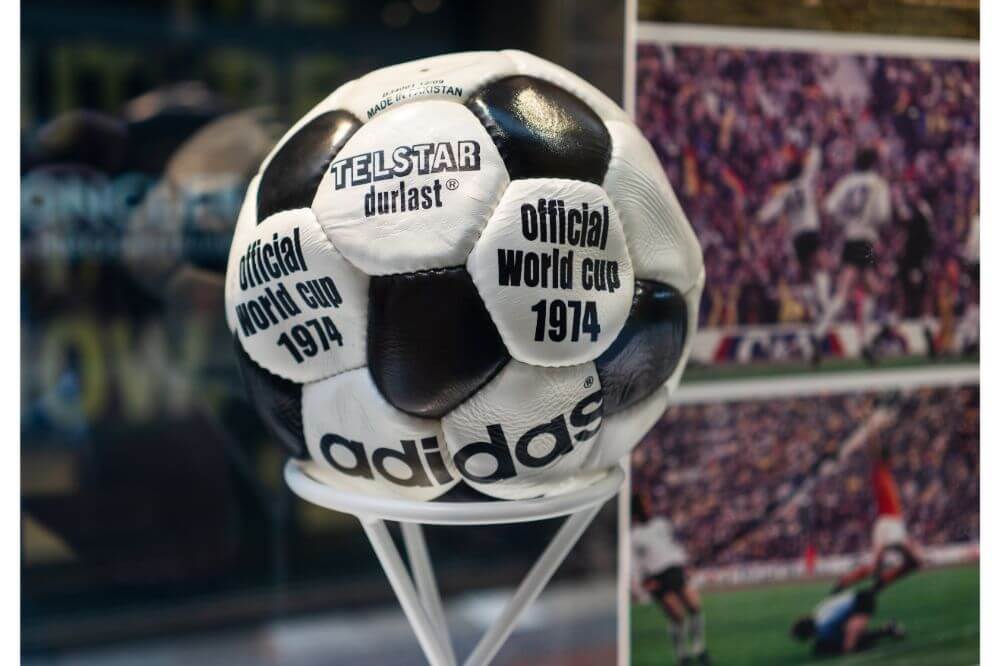
Two match balls were used in 1974 – Adidas Telstar turned modified with new black branding replacing the gold one and a new all-white version of Telstar named Adidas Chile.
Tango Durlast: Argentina, 1978
The ball design represented elegance, dynamism, and passion. The well-known Adidas Tango design covered 20 panels with triads that created of 12 identical circles for the 1978 World Cup and used again in 1982. The Tango design stimulated the blueprint for the next five FIFA World Cup Tournaments.
Tango Espana: Spain, 1982
The first ball with water-proof traits. General wear from kicking but supposed the rubber commenced to wear after a short time and had to be replaced while playing the game. The last real leather-based international official world cup ball.
Azteca: México, 1986
The FIFA World Cup Mexico was a first polyurethane lined ball which was good rain-resistant. The first synthetic official match ball, with great qualities on hard, difficult and wet surfaces. The Azteca changed into elegantly embellished with designs inspired via Mexico’s Aztec architecture and work of art as murals.
Etrusco: Italy, 1990
The Adidas Etrusco Unico, the official ball in 1990 with an internal layer of black polyurethane foam completely waterproof. The name and layout paid homage to Italy’s history and the pleasant artwork of the Etruscans.
Questra: USA, 1994
Adidas introduced the first professional match ball providing an extremely high tech ultra-high energy-return back layer of white polyethylene foam, giving a more overall performance ball.FIFA World Cup USA, 1994, official soccer ball which enveloped in a layer of polystyrene foam. This not simplest made it greater water-proof but allowed the ball extra acceleration when kicked. The new game ball felt softer and smoother to touch. Improved ball control and velocity while playing the game. The ball’s design represents space technology, excessive-pace rockets and America’s “quest for the celebrities.
1998: France, Tricolore
The ball used in 1998, the Adidas Tricolore, was the first ever multi-colored official soccer ball. The TRICOLORE used under glass print technology with a fine layer of synthetic foam.
2002: Japan/South Korea Fevernova
This was the very first WC ball to have a triangular design, so in terms of visual, it was definitely visionary. Now the ball was blamed for a few mistakes that happened during the 2002 WC, because critics thought it was too light. I agree that it’s a little on the lighter side, but it shouldn’t be blamed. Besides, Ronaldo had no problem scoring against Germany….
2006: Germany, The Teamgeist
A little different 14 panel ball design was introduced by adidas for the 2006 World Cup. The ball wasn’t much of a hit, but it did offer great quality and design. The cool part was the Golden ball design that was used for the WC final between Argentina and Germany, and Germany pulled out the win.
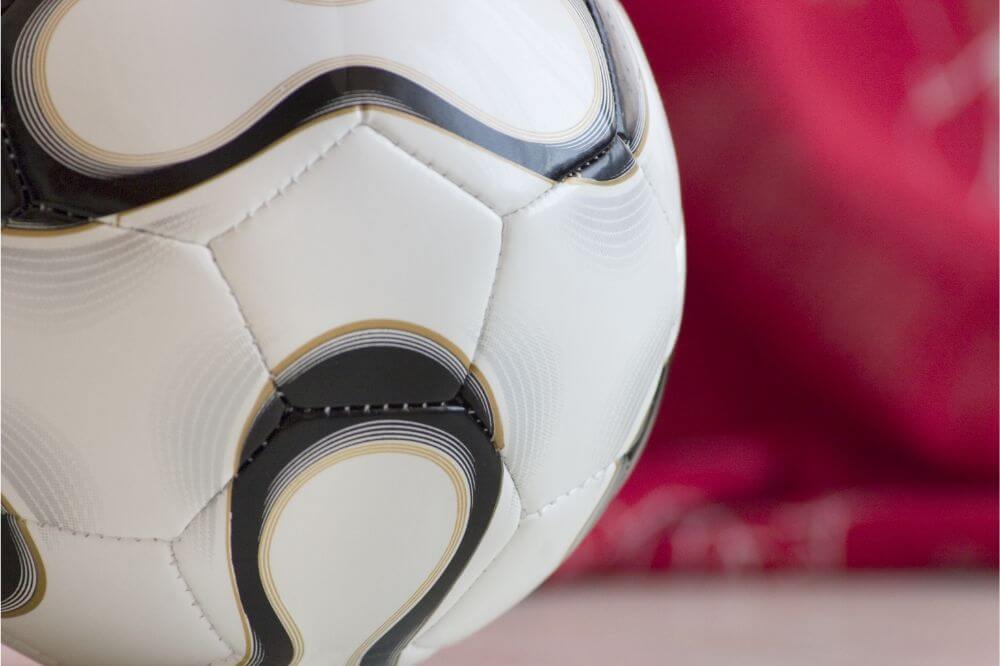
2010: South Africa, Jo’bulani
This for us was a special WC, with soccer being played back in South Africa. The ball was again another design reinvention by Adidas as they brought out an 8 panel design. Again the critics called out the ball for it’s unpredictable nature due to the aerodynamics of the ball…… Much criticism for no reason.
We actually bought one of these balls and we could still play with it in 2016!!!! It’s unbelievable how long these premium match balls will last. We did take great care of it, but used it throughout the years for matches only. Great design, great quality, awesome ball. The only problem is that we don’t know what happened to our Jo’bulani ball……
The ball also saw Spain win their first ever World Cup over the Netherlands….
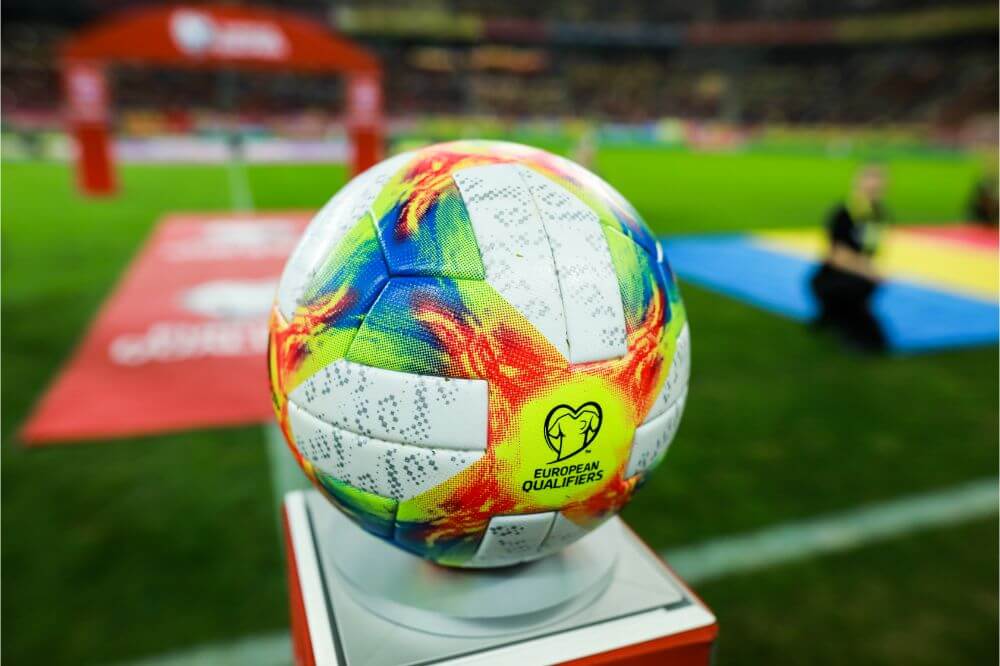
2014: Brazil, Brazuca
The 2014 WC Brazuca ball was perfect for Brazil. This design brought back the vibrant colors of South America and Brazil. The ball was named by the fans for the first time ever. A little different color ball that represented the Brazilian colors of Green, Gold, and Black was used for the final between Italy and France. This also saw Zidane get red carded for headbutting an opponent.
You can learn a ton more about the 2014 WC Brazuca ball in this article we wrote: Adidas Brazuca Replica Ball
2018: Russia, Telstar 18
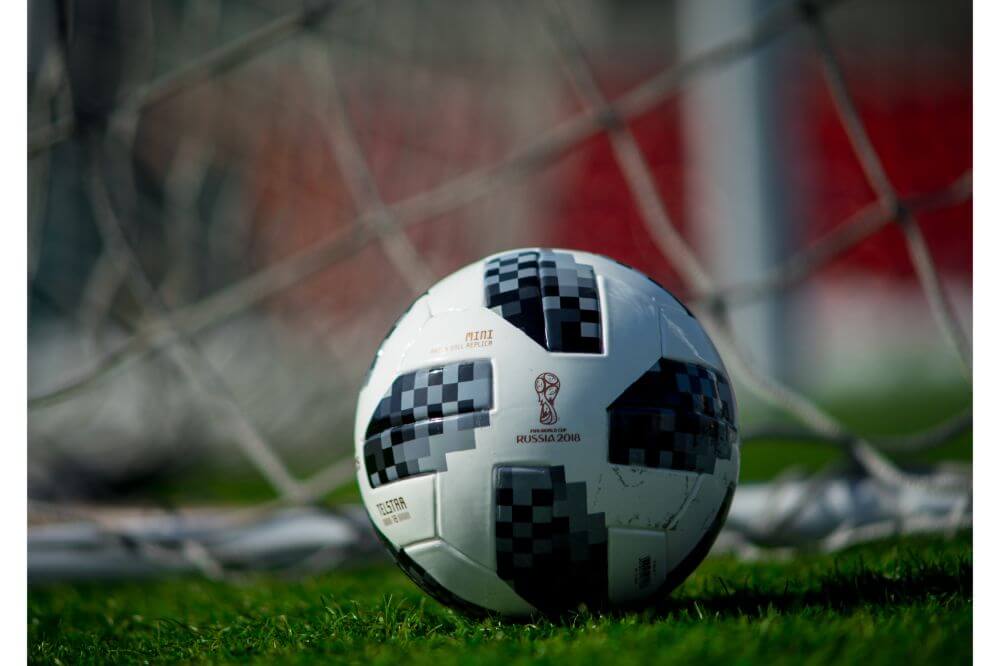
There are several photos of the 2018 World Cup Soccer ball we got before the games were played. The 2018 ball introduces a totally new panel shape. Set to be released in late 2017, the new Adidas 2018 World Cup Soccer Ball will be used officially for the first time in the 2017 Soccer Club World Cup final in December. The ball was already tested in the FIFA Blues Stars Youth Cup final.
This ball was a tribute to the original Telstar that was used in the 1970 and 1974 World Cups. You can learn more about the Telstar 18 in our Adidas World Cup 2018 Soccer Ball Review.
